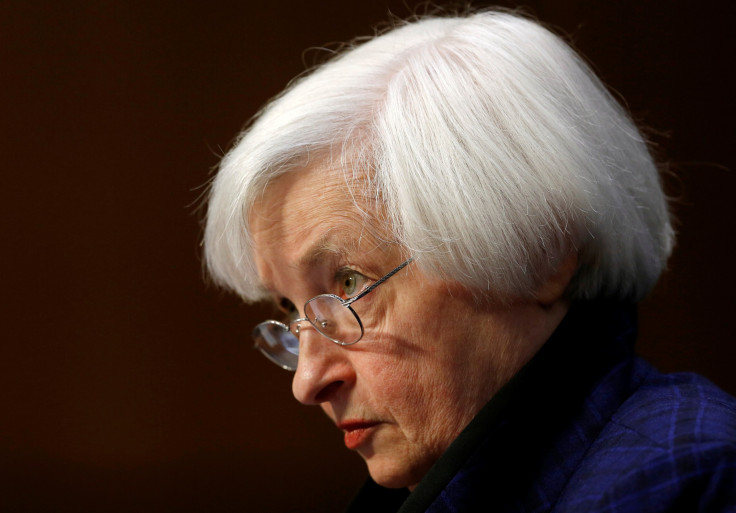Will The Fed Raise Interest Rates At December Meeting? November BLS Report Data Boosts Case For A Hike

At the Fed’s last two meetings on Nov. 2 and Sept. 21, Federal Reserve Chair Janet Yellen cited a lack of change in major economic indicators, including the unemployment rate, as a reason the central bank backed off of a hike of its target for the federal funds rate—which influences other interest rates, such as those of mortgages and government bonds—to a range of between 0.5 and 0.75 percent from the current band of between 0.25 and 0.5 percent. But on Friday, the new unemployment rate, America’s lowest since August 2007, made the federal funds rate ripe for an increase, according to Mark Hamrick, a senior economic analyst at the consumer financial services firm Bankrate.
“Based on everything we can possibly know right now, there’s no chance that the Fed won’t raise rates” at the December meeting, Hamrick told International Business Times in a phone interview, barring “any Brexit- or Donald Trump-type event” that could potentially send market expectations off the rails. He also predicted “at least two more” interest rate increases next year.
Another factor boosting the likelihood of an interest rate hike was OPEC’s consensus at a Wednesday meeting in Vienna to cut its supply by 1.2 million barrels per day, a move that sent the price of Brent crude, an international benchmark, up more than 14 percent by the end of the week, to more than $54 per barrel, a 16-month high.
Yellen pointed to energy prices, a key driver of inflation, as an additional reason to delay an interest rate increase in both November and December. While the OPEC decision sent oil prices up, the commodity still hasn’t recovered from a substantial and stubborn price drop two years ago, from more than $110 per barrel to, at most, the low $50s.
Hamrick cautioned that the impact of the cartel’s price gouging attempt may not fully manifest itself just yet, as OPEC’s influence has weakened in the past couple of decades, and its effect on the American economy is mixed—potentially bringing consumers higher gas prices and general price levels, while giving large American oil companies some needed relief.
“We know that this is a very dynamic environment and that OPEC isn’t as powerful as once was,” he said, adding that higher prices at the pump “have yet to be seen.”
Just days before the release of the BLS jobs report, both Cleveland Fed President Loretta Mester and Fed Governor Jerome Powell separately made the case for a December adjustment to the federal funds rate. Powell said Tuesday that such a policy was needed to “support productivity and allow our dynamic economy to generate widespread gains in activity,” while Mester said Wednesday that she supported a rate hike “not because I want to curtail the expansion, but because I believe it will help prolong the expansion.”
Using federal funds rate futures prices, which express the market’s views of the likelihood of a Fed interest rate change, as an indicator, the CME Group put the chances of a Dec. 14 rate hike at nearly 95 percent as of Friday morning—a more than 2 percent rise in probability over the previous day. Hamrick pegged the probability at 99.9 percent.
© Copyright IBTimes 2024. All rights reserved.






















